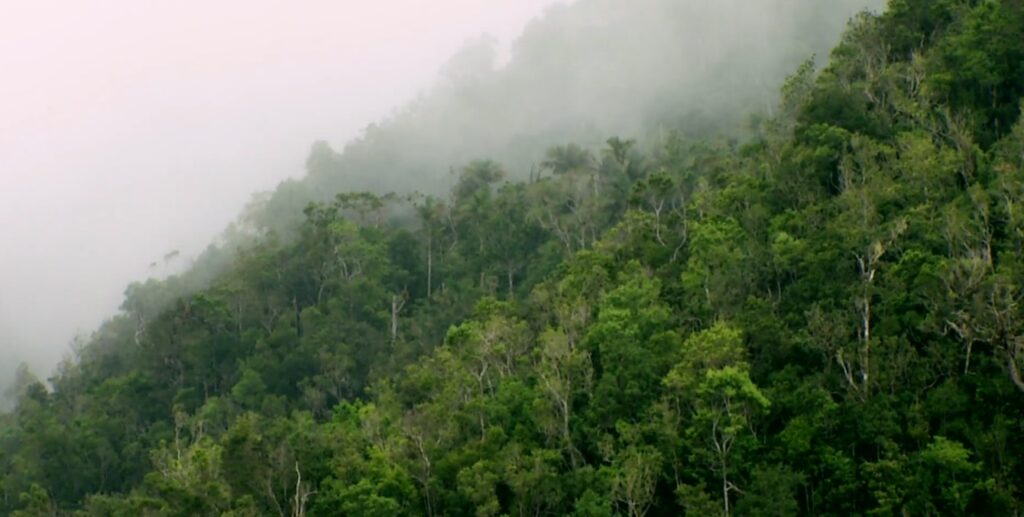
La Hotte Biosphere Reserve
Description
Located in the south of the Haitian peninsula, the La Hotte biosphere reserve covers a total area of 435,195 hectares and is made up of 13 units with legal status of protected areas: Trois étangs, Ile-à-Vache, Oliviers – Zanglais, Grosse Caye – Aquin, Plaine la Cahouane, Fonds des Cayes, Pointe Abacou, Grotte Marie Jeanne, Macaya, Deux Mamelles, Grand Bois, Anse d’Azur, Complexe Barradères-Cayemittes. Designated a UNESCO World Biosphere Reserve in 2016, it includes both terrestrial and marine areas covering 84 communal sections, in 30 communes of the departments of Sur, Nippes and Grande Anse (South West). This reserve has 6 peaks, the highest of which rises to 2,347 meters (Pic Macaya), as well as a marine and coastal ecosystem in the north (Iles Cayemites) and the South (Ile-à-Vache). La Hotte Biosphere Reserve feeds more than 850,000 inhabitants, who live mainly from agriculture, fishing, agroforestry, crafts and trade.
Biodiversity
La Hotte Biosphere Reserve is located in a region considered a biodiversity hotspot that enjoys a variety of climates (humid and dry subtropical), as well as a coastal and marine ecosystem in the north (Iles Cayemites) and the South (Ile-à-Vache) With its 13 protected areas of great importance, is relevant in the conservation of ecosystems, landscapes, animal and plant biodiversity, cultural and historical elements; this makes La Hotte biosphere reserve a true center for the conservation of natural heritage and the sustainable and solidary development.
Ecotourism potential
La Hotte Biosphere Reserve is an essential center of Haiti’s economic development, particularly through ecotourism. Its biodiversity, its terrestrial and marine ecosystems, its climate, and its cloud forests offer an idyllic spectacle accentuated by the singing of birds and the symphony of waves.
